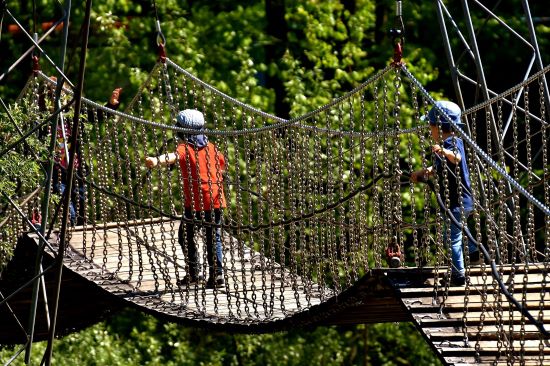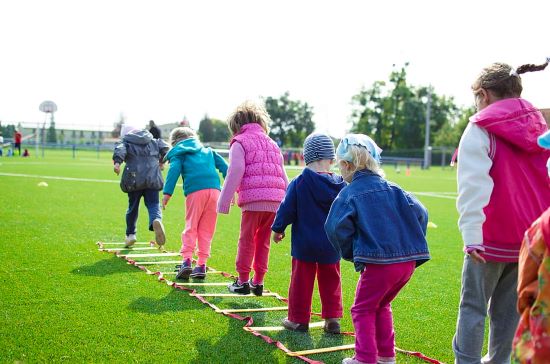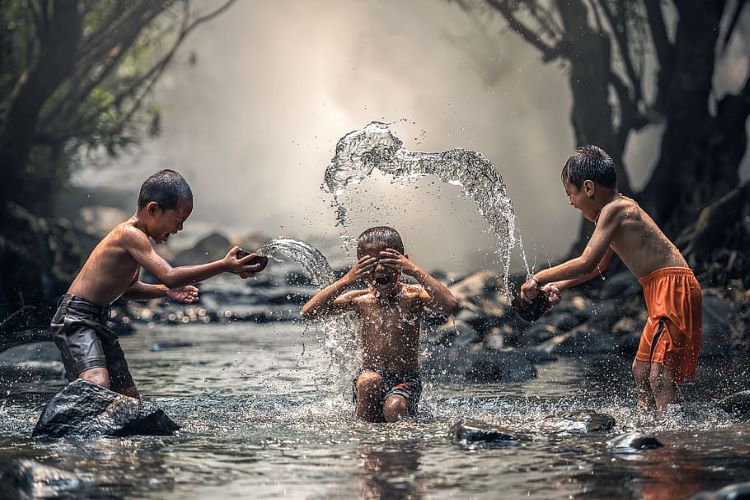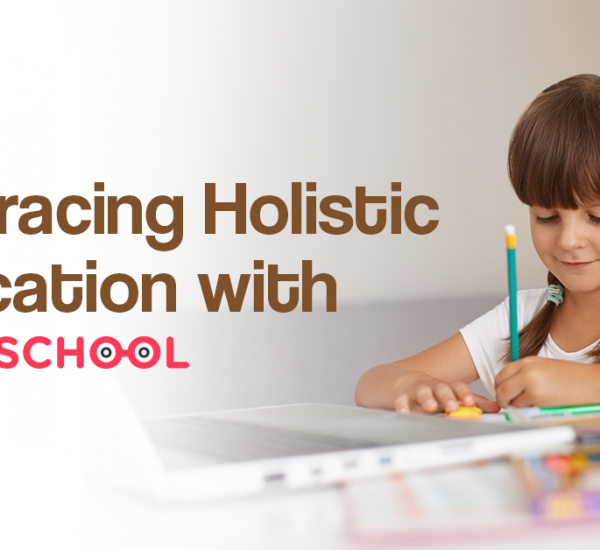Today’s children spend an average of 7 hours a day in front of technologies such as television, tablets, laptop computers, and phones. There’s no doubting what the statistics show: today’s children are foregoing active, outside play in favour of a more sedentary lifestyle, which is having a negative impact on their health and general well-being. In this article, you will find various adventure activities for kids.

Learning courses for your kids! Get free trial here
Adventure Activities for Kids
Check out these fun adventure activities for kids:
#1. Water Balloon T-Ball/ Baseball
Based on your child’s skill level, get a t-ball set or a baseball bat. Fill a handful of water balloons ahead of time. Place them in a washing basket or a plastic container to dry. Go to the park and ask your friends to join you!
#2. Chalk Obstacle Course
Write down an array of gross motor actions in a sequence for literate youngsters, similar to how you would play hopscotch. For example, hop like a bunny three times, hold tree position on one side, move on your feet and hands, leap on one foot, maintain tree pose on the other side, leap on the opposite foot, spin twice, jump up four times, and attempt to touch the sky four times.
#3. Hula Hoop Race & Catch

This is an easy and pleasant exercise for kids. You’re going to need a lot of hula hoops. Arrange for the children to form a line at a location with plenty of green space. Drag the hula hoops across the floor as hard as you can while keeping them erect. Make a race out of it by calling out each child’s name and having them race for the hoop. Every time they bring one back, you must go through more hoops!
#4. Sensory Scavenger Hunt
Collect materials you’re guaranteed to discover in the park (dandelions, wood chips, leaves, pebbles), attach them to a sheet of paper, and have your kids seek for them!
Also Read: What is Project-Based Learning? Does PBL Really Work for Kids?
#5. Toy-made Obstacle Course
Gather hula hoops, a plastic tunnel, poles, pylons, and anything else that comes to mind. Encourage your kids to design a fun and engaging obstacle course.
#6. Kitchen Utensil Bubble Wands
Gather slotted forks, fly swatters, skillets, and anything else with holes to produce bubbles in a kitchen drawer. Create your unique bubble mixture, then go out and check which tool makes the greatest bubbles!
Importance of Outdoor Adventure Activities for Kids

Here are the reasons why outdoor adventure activities for kids:
#1. Improved Motor Skills
Outdoor play equips children with more advanced motor abilities than their “indoor” counterparts, such as coordination, balance, and agility. Children who play outside are more likely to shift in ways that put their muscles, joints, and physical endurance to the test.
Children have the freedom to run, stroll, jump, swing, and toss when they are outside. They are capable of playing catch. They are able to crawl under shrubs, climb trees, and ride bicycles.
Allowing children to exercise their physical talents helps them to improve their bodies and gain confidence in their abilities. Extensive time outside can also provide the chance and space for players to practice abilities like hitting, kicking, and catching, as needed for the sports they’re studying.
Learning courses for your kids! Get free trial here
#2. Lower Body Mass Index
Because they are more active, children who spend more time practicing outside are less likely to be fat. They’re sprinting, leaping, climbing, and caloric expenditure in general than their sedentary peers.
One research of preschool-aged children discovered a clear relationship between a child’s BMI and the amount of time they spend outside. The longer the youngster was permitted to play outside by his or her parents or guardians, the lower their BMI.
Other studies demonstrate that children who have close friends who like being outside are more inclined to spend time outside. As a result, encouraging children to choose active peers can be beneficial to them.
#3. Improved Overall Health
Limiting a child’s chances of being overweight has a number of long-term health implications. Obese kids are more prone to develop heart disease, asthma, insulin resistance, and sleep apnea.
Sunlight also calms the mind and boosts the immune system. Kids with ADHD benefit from outdoor play because it provides a channel for the excitement and enthusiasm that can cause problems inside.
Also Read: How to Inspire Children’s Learning? Guaranteed Ways to Help Your Child Perform Well in School
#4. Improved Muscle Strength
When you put your kid on a swing, all of their muscles engage as they learn to hang on, sit up, and follow the swing’s movement. Though most parents regard swinging as a repetitious, tedious playground activity, it really aids in the development of muscular strength in young kids.
Outdoor toys such as scooters, bikes, and even skateboards need your youngster to engage and strengthen numerous muscular systems.
#5. Increased Openness With Parents and Caregivers
When kids are inside, they are frequently in confined spaces and vying for attention with other kids, such as classmates or siblings. It may grow noisy and overpowering, which frequently causes kids, particularly younger ones, to become afraid and silent. This might make it difficult for children to open up and share with their carers.
When children spend time outside, they are less likely to feel overwhelmed since they are not caged up and competing with others. This sense of having physical room to move and breathe frequently leads to a youngster being more eager to open up and discuss problems with their parent or carer.

#6. Greater Self-Awareness
Kids who play outside have a better chance of developing observational and cognitive abilities. Playground activities, such as swinging, provide several physical advantages to children.
Being outside also allows kids to see the world from a different angle. It teaches kids to be aware of their surroundings and to comprehend the notion of “cause and effect” by showing them what occurs when an adult pushes them on a swing.
#7. Improved Peer-to-Peer Relationships
Children who play outside are more self-conscious, as well as more mindful of others and their moods.
Outdoor play frequently necessitates inventiveness and collaboration, which allows youngsters to interact well with one another. That doesn’t mean there won’t be squabbles about who gets to go down the slide or make a basket. However, children who play outside on a regular basis are more likely to get along with their classmates and establish common ground.
Of course, it doesn’t help that trying to absorb all that sunshine makes them feel better. When you’re in a positive mood, it’s more difficult to be upset with someone!
Learning courses for your kids! Get free trial here
#8. Improve Communication Skills
Children have several possibilities to meet and form friendships with other children whether they are on the playground or in a park. They encounter people that are different from them and learn the skills necessary to play successfully with a wide range of youngsters.
While parents may help to some extent by arranging play dates with pals to meet in an outside place, playgrounds and other common outdoor areas provide kids with the space they need to experience meeting and building connections on their own.
Conclusion
When children run outside, they are inventing games, investigate their surroundings, and developing sentiments of freedom. They strengthen their organizational capabilities and decision-making skills as well as their autonomy as they work independently and with their peers to design games, solve challenges, and implement their workable solutions. As children play, they learn the value of making and adhering to rules.
For more fun activities, visit The Real School Of Montessori.
Also Read: Why are Physical Activities Important for Children? What Is Its Role in Healthy Development?







